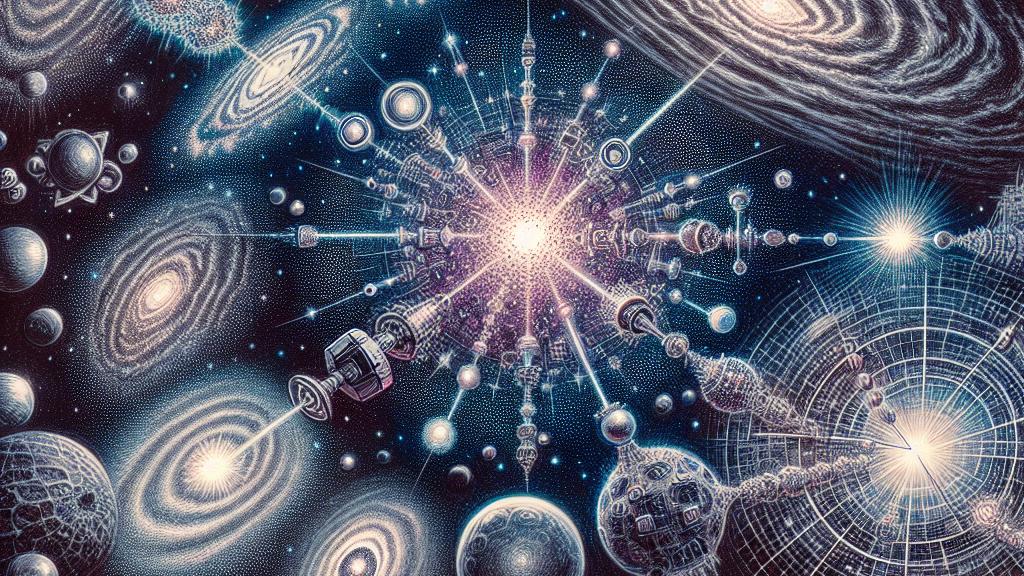Exploring the Connection Between Radio Bursts and Massive Galaxies
Overview
- Fast radio bursts (FRBs) are thrilling cosmic signals, often linked to massive star-forming galaxies, revealing new insights into the universe.
- Magnetars, unique neutron stars with staggering magnetic fields, commonly form from the dramatic merging of massive stars.
- Recent groundbreaking research shows that FRBs are predominantly observed in metal-rich galaxies, shedding light on stellar and galactic evolution.

Fast Radio Bursts and Their Origins
Fast radio bursts (FRBs) exploded onto the cosmic scene in 2007, captivating astronomers worldwide. These fleeting yet immensely powerful flashes of radio waves have sparked a quest to unravel their mysteries. Remarkably, recent studies led by researchers at Caltech reveal that a majority of FRBs appear in massive star-forming galaxies rather than the less dynamic ones. For example, a study highlights that the conditions in these metal-rich environments are crucial for the formation of magnetars—exotic neutron stars believed to be behind these radio pulses. Therefore, the correlation between FRBs and massive galaxies transforms our understanding of cosmic events, suggesting a shared origin that intertwines stellar life cycles and expansive galactic empires.
The Role of Magnetars in Star Formation
Magnetars are some of the universe's most extraordinary phenomena, boasting magnetic fields that overshadow those of typical neutron stars. The leading theory proposes that these stellar giants emerge from the explosive merger of two massive stars, particularly in environments dense with metals. Imagine two colossal stars spiraling toward each other, their collision creating not just a new star, but one with a magnetic field exponentially stronger than either star alone. Astonishingly, about 84% of massive stars are found in binary pairs, which amplifies the probability of these dynamic collisions. This underlines the link between magnetars and massive galaxies, revealing how these stellar interactions serve as the catalyst for phenomena like FRBs, while illuminating the intricate workings of the universe.
Implications of Magnetic Fields in the Universe
The realization that FRBs predominantly originate from massive star-forming galaxies unveils new dimensions in our quest to understand the cosmos. By examining the environments associated with these bursts, scientists can gain insights into the precise conditions fostering magnetar creation. As galaxies evolve, they amass metals produced by countless star generations, thus nurturing conditions ripe for the birth of colossal stars. When these massive stars eventually explode or merge, they give birth to magnetars, which then unleash the remarkable FRBs we can observe across vast distances. This interconnected web beautifully illustrates the relationship between stellar evolution, galaxy characteristics, and high-energy cosmic phenomena. With every revelation, we step closer to deciphering the universe's mysteries, unveiling the forces steering our cosmic landscape with awe-inspiring majesty.

Loading...